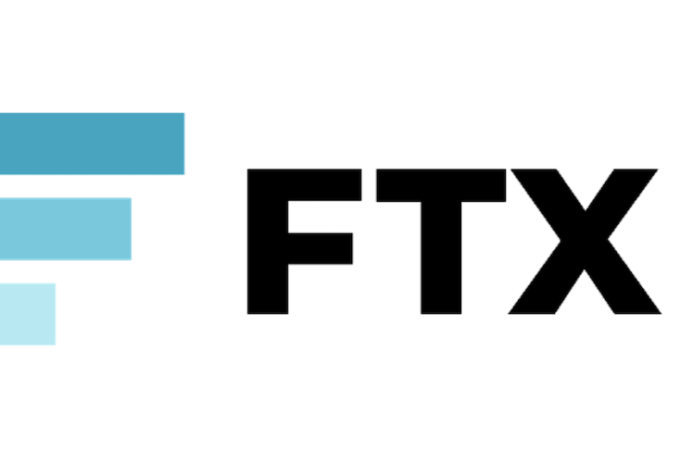
Telegram Unveils TON Space: a Self-Custodial Crypto Wallet
Telegram, the popular messaging app with a staggering 800 million monthly active users, has taken a giant stride into the world of Web3 by introducing its very own crypto wallet. The move follows nearly three years of anticipation, dating back to Telegram’s initial plans to build a Web3 ecosystem. This significant announcement unfolded at the Token2049 event in Singapore, a gathering of over 10,000 crypto enthusiasts.
The newly unveiled crypto wallet, known as TON Space, is built on The Open Network (TON) blockchain. This wallet, which facilitates self-custody of digital assets, is poised to deepen Telegram’s roots in the rapidly evolving crypto landscape.
A Long-Awaited Arrival
Telegram’s journey into Web3 began in 2019 when it first revealed intentions to integrate a TON-based crypto wallet. However, the path was fraught with legal complexities. In 2020, the U.S. Securities and Exchange Commission (SEC) filed a lawsuit against Telegram, labeling its $1.7-billion initial coin offering (ICO) as an unregistered security. This legal battle forced Telegram to sever ties with the TON blockchain.
To settle with the SEC, Telegram agreed to pay an $18.5-million fine and refund investors any unspent funds. The partnership between Telegram and TON Foundation was rekindled after this hiatus, aligning once more with the vision of building Web3 infrastructure within the popular messaging platform.
TON Space: A Gateway to Digital Ownership
TON Space isn’t the brainchild of Telegram alone. It’s developed by The Open Platform (TOP), a company housing a dedicated wallet development team and a venture-building division called TOP Labs. Together, they form an integral part of the TON ecosystem and oversee a portfolio of TON-based applications.
Starting in November, TON Space will be accessible to Telegram users globally, without the need for cumbersome wallet registration. This wallet feature has already been incorporated into Telegram’s settings, serving as an extension of the existing custodial Telegram wallet, which has amassed three million registered users.
Empowering Developers and Communities
One remarkable aspect of TON Space is its potential to empower developers and communities. In this self-custodial environment, developers can effectively manage the flow of digital assets within their projects. For example, developers can create unique entry keys, like NFT-based keys, that grant access to exclusive communities.
This move to integrate a self-custodial wallet into a mainstream messaging app like Telegram aligns with the ongoing shift towards decentralized solutions. It’s a stark departure from the era of centralized wallets, where users had little control over their digital assets.
A Gateway to Crypto for the Masses
What’s particularly intriguing about this development is the potential to introduce a massive user base to the world of digital assets. Telegram’s 800 million users include individuals from unbanked populations in various developing countries. By offering a self-custodial wallet, Telegram is bridging the gap and providing an accessible gateway to the world of crypto.
While other messaging apps like Signal have ventured into the crypto space with third-party partnerships, Telegram’s approach is distinct. Its self-custodial wallet concept fosters both digital ownership and community building, positioning itself as a powerful contender in the crypto ecosystem.
Telegram’s decision to prioritize TON projects and partners for its global advertising platform, Telegram Ads, further underscores its commitment to driving innovation in the Web3 space.
As Telegram and TON Foundation unite to offer digital ownership rights to their vast user base, they usher in a new era of crypto integration. With the rollout of TON Space, the future of Web3 within messaging apps looks promising, promising to empower users and communities in previously unimaginable ways.





